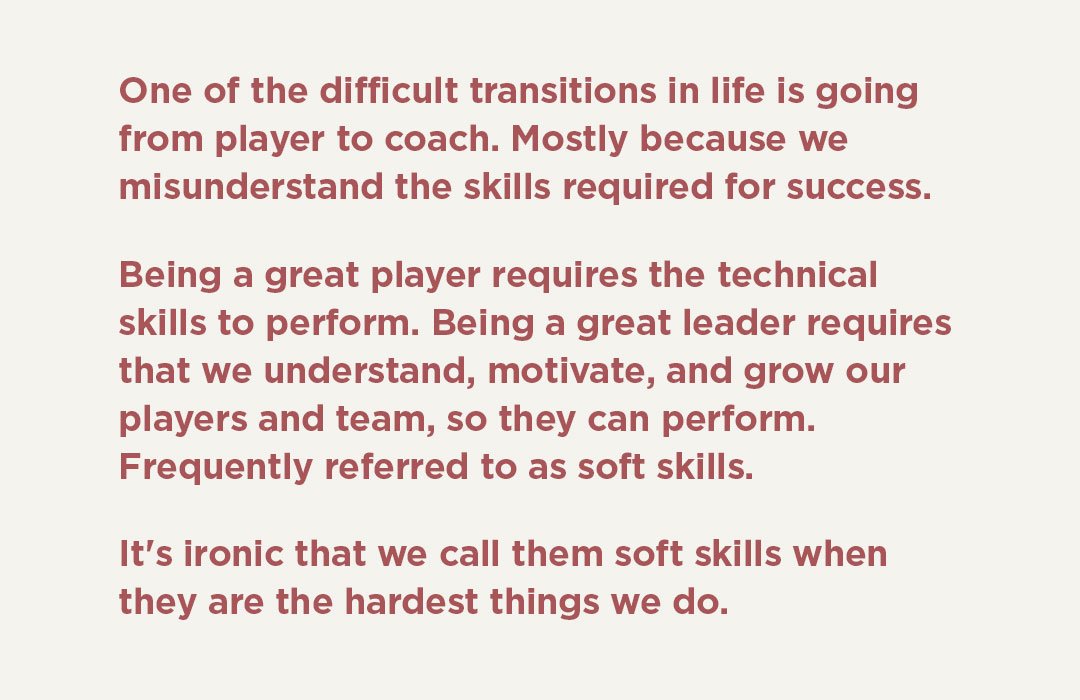Corrective vs. Preventative Behavior
One of my favorite colloquialisms is the phrase…"We need to focus on the wolf closest to the door."
I first heard this years ago (I've also heard "the alligator closest to the boat") as a way to describe the importance of focusing on the most near-term problem. I always found the phrase interesting. One, because I happen to really like wolves and don't think they are scary. But two, because it struck me as an interesting justification to (colloquialism #2) - "kick the can down the road." As if the long-term never really arrives. The problem is that eventually it does.
In my years helping companies and people change - and my apologies for the over-generalization of human nature here - I've observed a pretty foundational truth:
We are far better at corrective behavior than we are at preventative behavior.
There are, of course, exceptions to this. And let me be clear that fixing problems is a good thing. But we often struggle with understanding the difference between urgent and important. We presume that if something is urgent, it must also be important. This then drives us to constantly react to situations and we find ourselves (colloquialism #3) - "running around like a chicken with its head cut off." Which is ironic because the chicken dies.
We're fighting against three dynamics here. One, our brains really like the dopamine response from high intensity effort where results are immediate. Two, the farther away a potential reward, the less we tend to value it. Three, organizational structures (e.g., KPIs) often lean towards near-term incentives which reinforce the other two dynamics.
Changing a behavior in yourself, your team, or across your entire company requires that we address these dynamics. This involves a combination of individual behavior coaching and organizational realignment. First, we need to acknowledge this bias in our individual behavior. All too often I see change strategies that simply ignore this very human reality. Second, we need to clearly identify what a preventative behavior actually is. This is the equivalent of the 'eat your vegetables' action item list. Finally, we need incentives that equally value corrective and preventative behaviors. If we ask for behavior A, but reward behavior B, we get behavior B.
These are starting points for designing more nuanced tactics. This takes focus, time, and effort. But when done well, we decrease our chances of wolves or alligators showing up in the first place.
After all - an ounce prevention is worth a pound of cure.
See what I did there.

